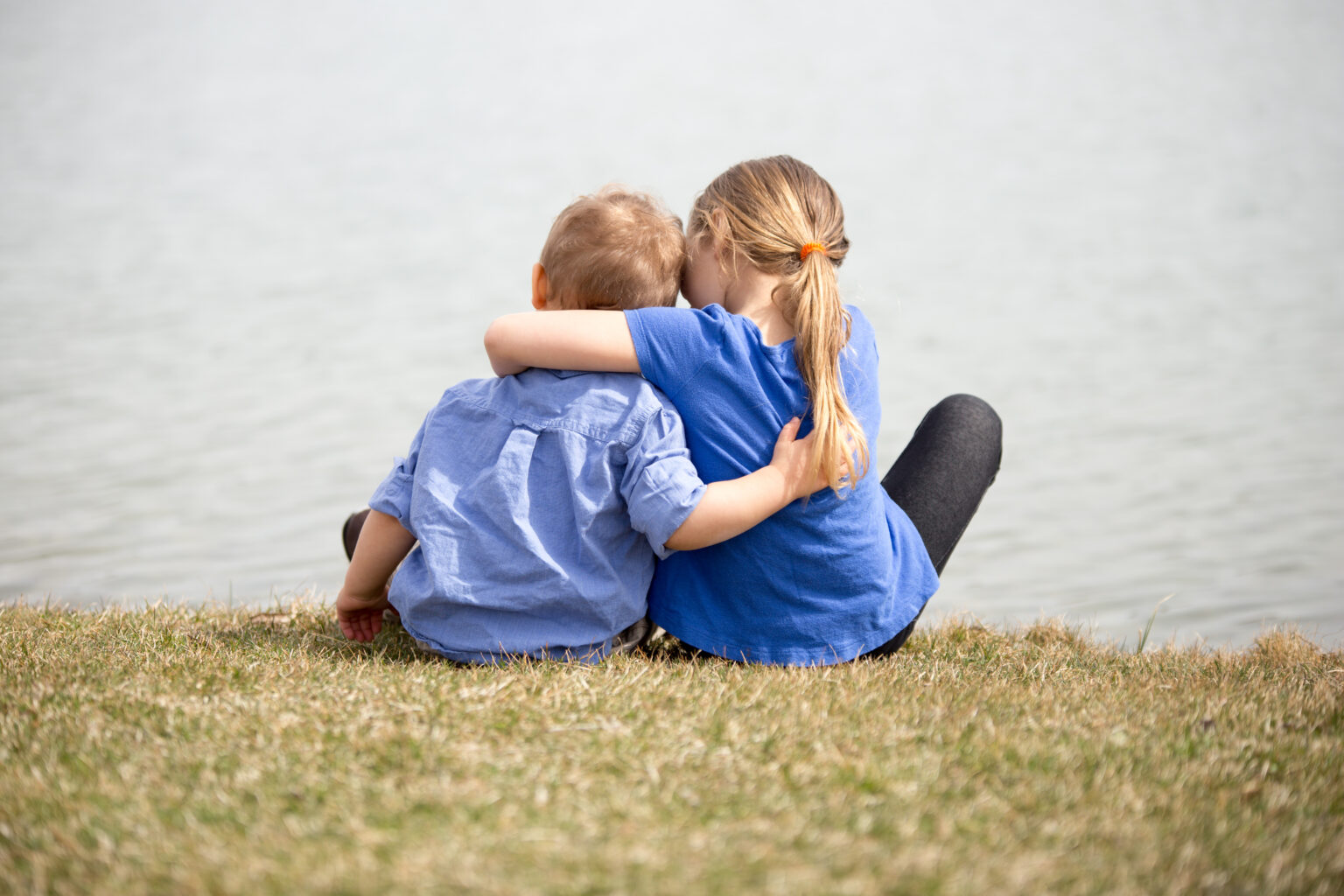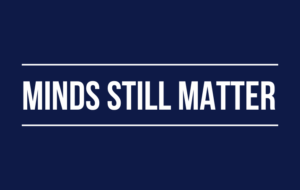Jump to...
Supporting children's mental health and wellbeing
Helping children to understand, express and regulate their emotions helps them to develop the skills to do this independently in the future.
The Education Endowment Foundation guide Supporting children’s mental health and wellbeing in the early years summarises practice recommendations for supporting the mental health and wellbeing of young children, drawn from research evidence. These include:
- Building strong relationships and positive attachments with children
- Promoting and supporting children’s positive interactions with their peers
- Developing children’s emotional skills and empathy
- Promoting physical activity which can have a positive impact on mental health
- Offering activities which promote self-awareness and self-regulation, such as breathing, yoga or mindfulness exercises
- Provide outdoor learning in a natural environment
- Supporting children to explore, experiment and create using arts, crafts and ‘loose parts’ play
- Helping children to recognise and celebrate their strengths and achievements
- Helping children to explore their feelings and to manage their ‘big’ emotions such as anger or feelings of overwhelm.
- Noticing when a child and/or their family may benefit from additional support or referrals to external professionals.
What is a calm box and what is it for?
A calm box is just what it sounds like – a box, bag or basket of resources that will help support a child who is feeling an intense emotion such as anger, frustration or who is feeling overwhelmed. They are sometimes also called ‘self-soothe kits’.
When a child or individual feels overwhelmed or anxious, they can access the calm box and choose items that help them to self-soothe and regain a sense of calm. You can either create a bespoke box for individual children who would particularly benefit from it, or create some generic ones for all children to access if they feel they need it. Prompt them to explore their box when they feel angry or upset. You can also bring their calm box to them encouraging them to explore the items within it, if they are not able to get it for themselves at that point due to their emotions.
These boxes typically contain a variety of items that can be used to soothe and distract. The items you put in will depend on the age of the children and what items are safe for them, and those most likely to be effective. The sort of things you might include are:
- sensory toys (fidget toys, stress balls, textured objects)
- colouring books and crayons
- paper and art/craft materials
- calming music or nature sounds and headphones
- shells, stones, feathers, pine cones
- different textures and materials
- things to smell
- Rubik’s cube
- weighted balls
- hand cream
- bubble wrap
- glitter tube
- playdough – which could be scented
- Lego or Duplo bricks
- soft cuddly toys
- mindful colouring sheets
- bubbles
Supporting adults' mental health and wellbeing
Early years educators’ own positive mental health and wellbeing are crucial for creating a positive learning environment. This is not only beneficial for the educators themselves, but also positively impacts children’s development and learning outcomes. Managers play a vital role in creating a supportive environment that prioritises staff mental wellbeing.
Creating a wellbeing policy will enable a structured approach to promoting staff wellbeing and ensure that support mechanisms are consistently available, regardless of any management changes. The policy should include:
- mental health
- physical wellbeing
- work-life balance
- stress management resources
Think about having a staff member trained as a Mental Health First Aider , who can then champion and monitor staff wellbeing, offer a listening ear and signpost colleagues to additional support resources or services.
Useful links
The benefits of outdoor play in the early years (Alliance blog)
Resources for under fives (Anna Freud)
Children’s mental health and wellbeing downloadable resource (EEF)
Child mental health (NSPCC Learning)


